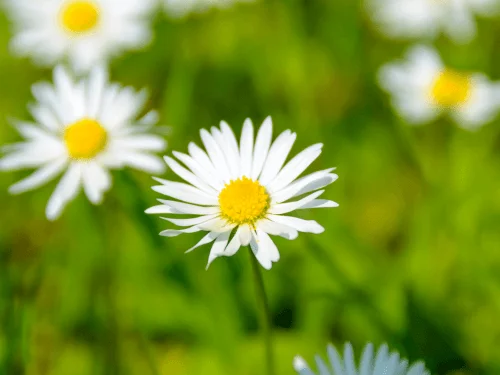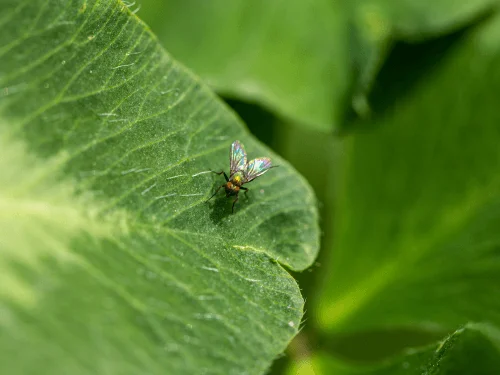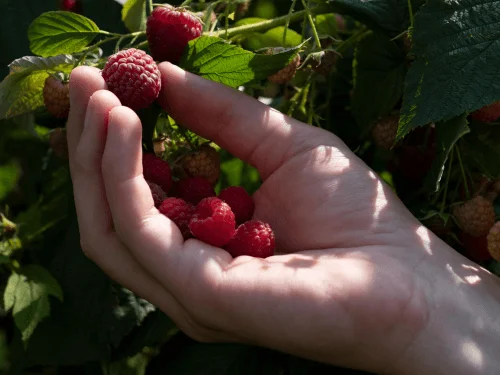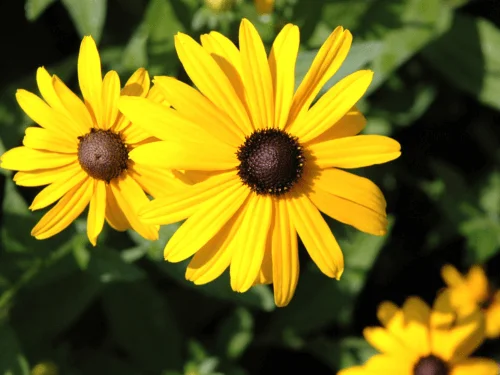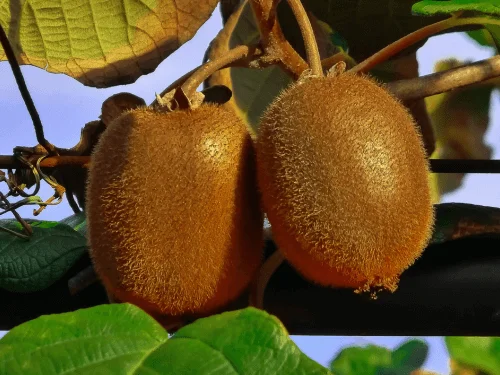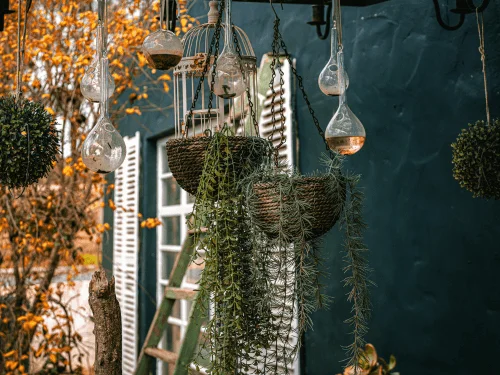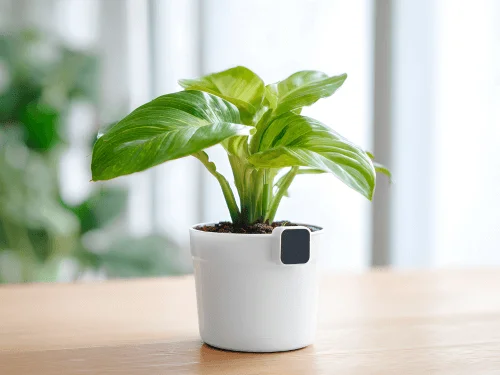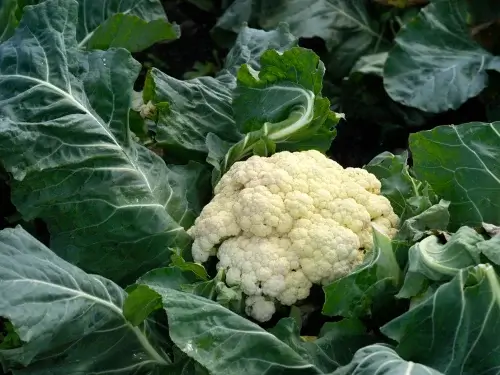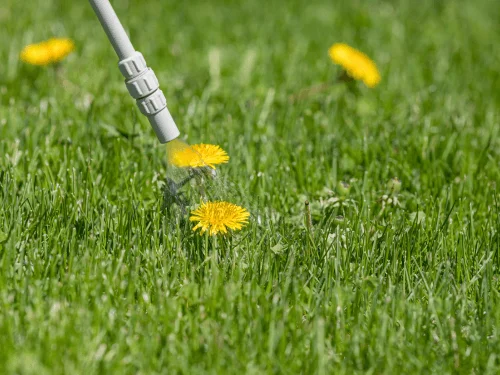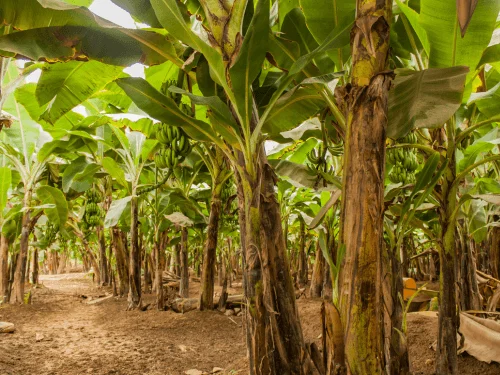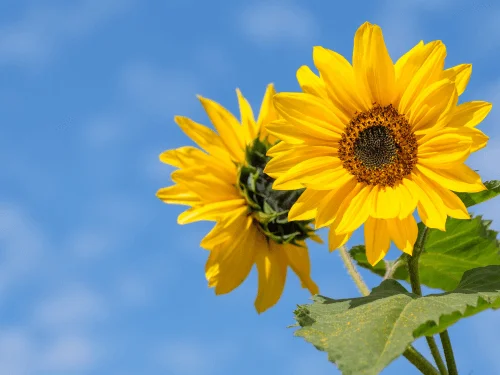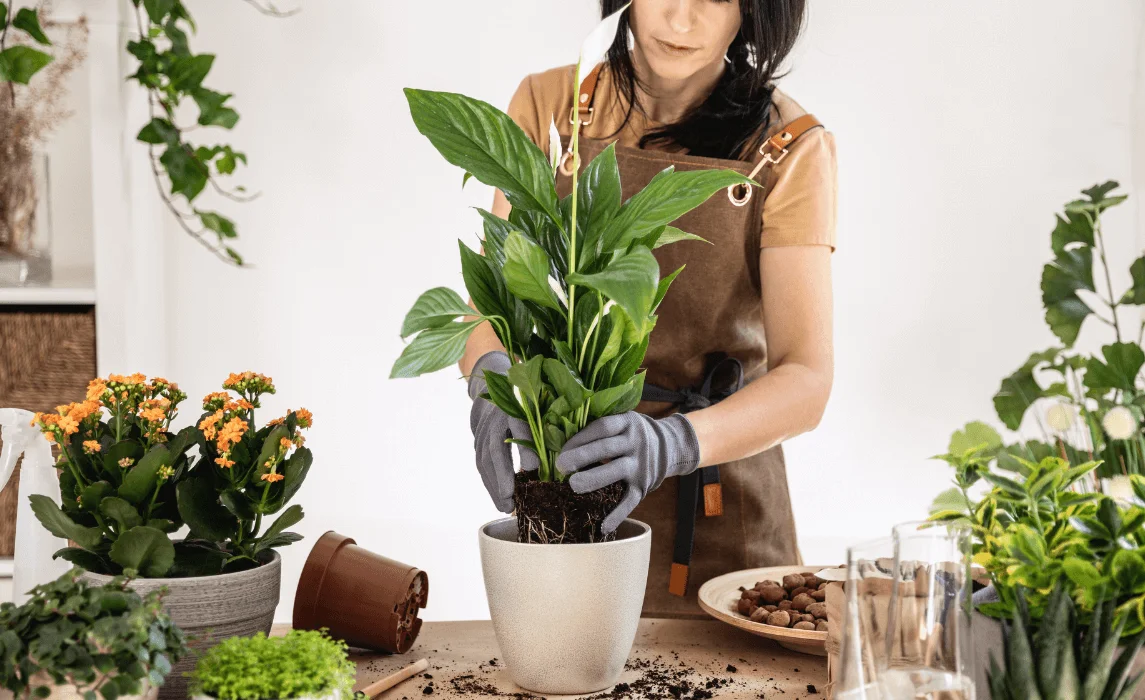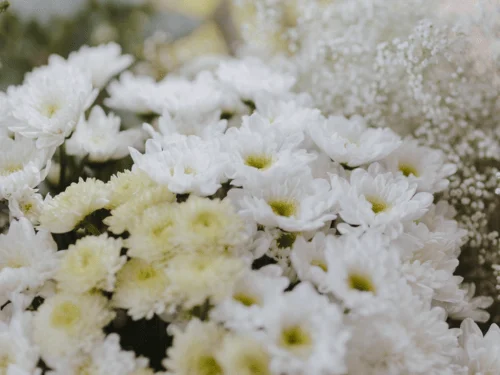Start Your Gardening Journey Here
For more gardening-related updates, be sure to subscribe to our newsletter.

Want to learn more about us?
Take a look at who we are, what we have to offer and why this means so much to us.
Popular content
Did you know...?
Take a look at our selection of Questions and Answers, whether it's the basics of the basics or the most unconventional questions. You'll find everything you need right here.
1. How long does it take for daisies to bloom?
Plants grown from seed may take several weeks to produce their first flower buds. Most daisy plants will start to bloom in early summer, and with deadheading, they can produce a third blooming later in the season. Shasta daisies and oxeye daisies are especially reliable bloomers that can flower continuously throughout the season if given care tips such as fertilizing and proper watering.
2. Can daisies be grown in pots?
Yes! Potted plants are ideal if you have limited garden space. Make sure the pot has drainage holes and use well-draining garden soil. Daisies are also happy in containers if they get enough hours of full sun. Remember to monitor moisture: avoid too much moisture at the bottom of the pot.
3. What are the best companion plants for daisies?
Daisies pair well with bee balm, echinacea, and zinnias. These companion plants share similar sunlight and watering needs, helping your garden flourish throughout the season. They can also create a beautiful mix of single or double flowers alongside bright white petals of daisies.
Q1: How long does it take to grow a watermelon?
Watermelon growing time varies by variety. Most watermelons take about 75–100 days from planting seeds to harvest. Seedless watermelons often take slightly longer. Starting seeds indoors can give you a head start, especially in shorter growing seasons.
Q2: Can I grow watermelon in a pot or container?
Yes! Small or icebox varieties like Sugar Baby grow well in large pots (15–20 gallons). Ensure the container has good drainage, is filled with fertile, well-draining soil, and gets full sun daily. Water frequently, as pots dry faster than garden beds, and provide a trellis or allow vines to trail over the sides.
Q3: Can watermelons grow in raised garden beds?
Absolutely! Raised garden beds are ideal because they warm up faster in spring and provide excellent drainage. Space plants well, enrich the soil with compost, and mulch around vines to maintain moisture and control weeds.
Q1: How can I identify common insects in my garden?
A: Look for signs such as holes in leaves, leaf miner damage, egg clusters, or wilting. Inspect the undersides of leaves, stems, and roots for adults and larvae of moths, sawfly, cabbage looper, tomato hornworm, and European corn borer.
Q2: What natural methods can control pests?
A: Encourage beneficial insects like ladybugs and parasitic wasps, handpick pests, squish caterpillars and slugs, prune infested leaves, and use DIY sprays like neem oil or spinosad. Row covers can also repel moths, sawfly, and cabbage white.
Q3: How can I prevent pests in my garden?
A: Maintain garden hygiene, remove debris, rotate crops, use companion planting, encourage beneficial insects, and inspect leaves and roots for early damage. Row covers and DIY sprays also help prevent infestations.
Q4: How do pests cause plant diseases?
A: Pests spread blight and bacterial wilt through feeding wounds. Early identification, removing infested plants, natural pest control, and healthy soil help minimize disease.
1. Can I grow fruit trees in small gardens or pots?
Yes! Many dwarf fruit trees and container-friendly varieties are perfect for small gardens or patios. Trees in pots can include citrus trees, figs, and dwarf apple trees. Using containers allows you to control soil, water, and temperature more easily, making it possible to grow fruit even in northern climates. These trees are especially useful if you want fast-growing trees that produce fruit within a few years and don’t require a large orchard space.
2. What climate is best for fruit trees?
The climate plays a major role in fruit production. Cold-hardy trees like apples, pears, and plums survive in northern regions, including zone 3, while citrus trees, figs, and peaches thrive in warmer southern areas like Florida or Virginia. Some fruit trees may require protection from frost, while others can tolerate cold winters. Understanding your USDA zone and local conditions ensures your trees will grow healthy and produce fresh fruit consistently.
3. Where can I buy fruit trees online?
Many growers offer fruit trees for sale online, including bare root trees, grafted trees, and container-grown trees. Buying fruit trees online allows you to select from a wide range of fruit tree varieties suitable for your climate, including apples, pears, peaches, plums, citrus trees, and more. When purchasing, check for USDA zone compatibility, tree size, and health guarantees to ensure you receive a quality tree that will thrive in your garden.


